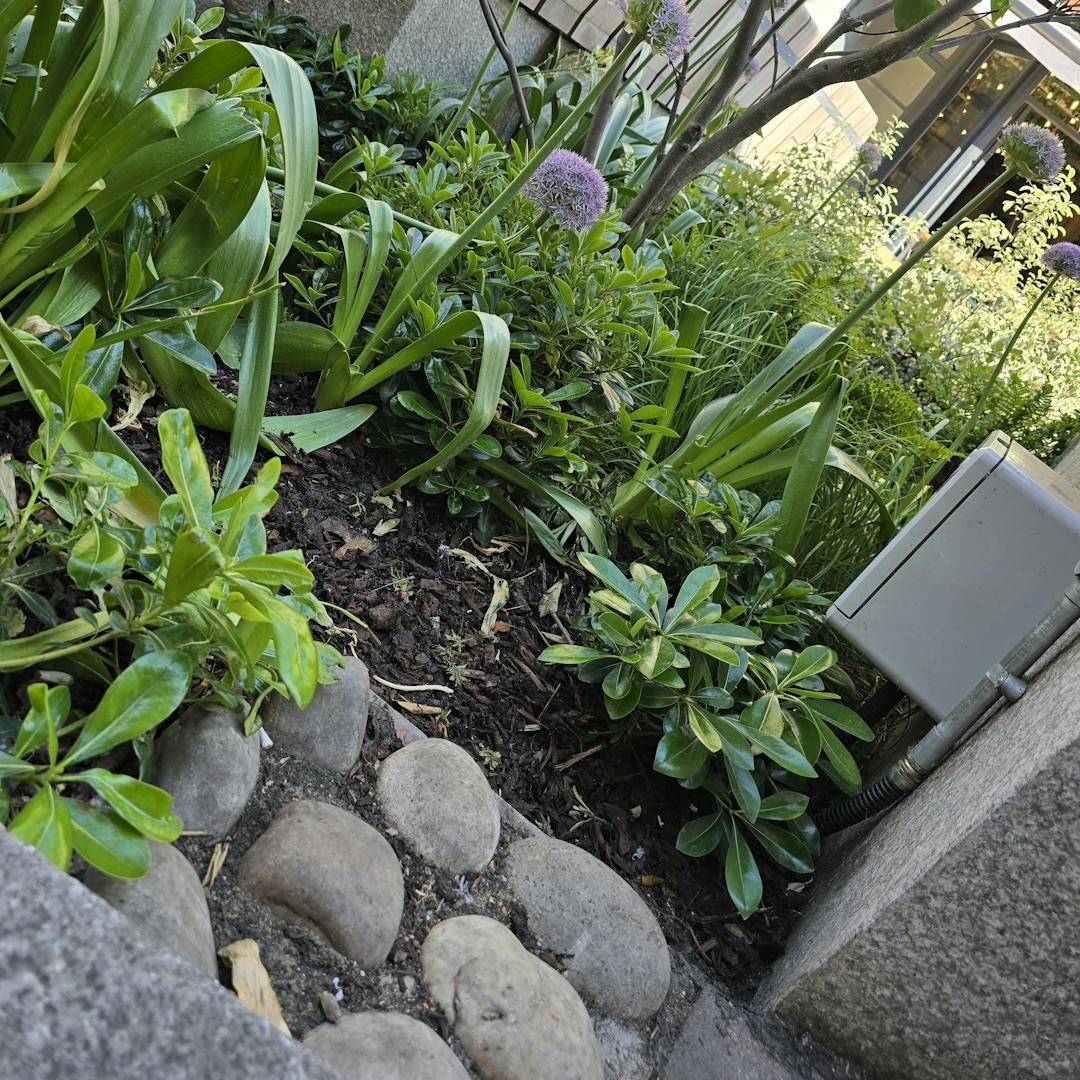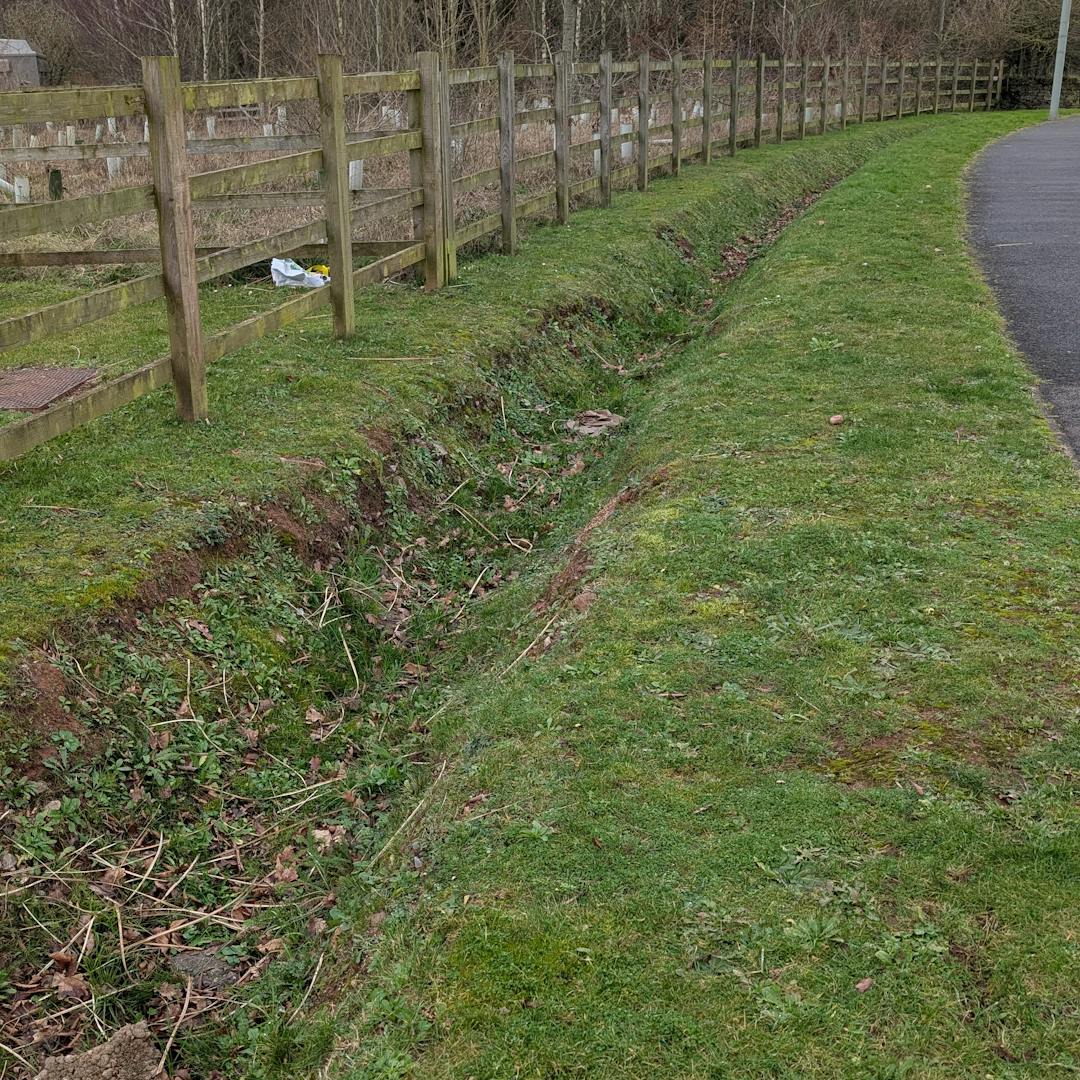Resilient systems
In a time of increasingly unpredictable and extreme weather, our approach to rainwater management must shift from chasing the latest gadgets to embracing solutions that endure. "Smart water butts" made of networked controllers, delicate solar panels, and electronically controlled valves can certainly play a role. However, if these systems falter in a power cut, freeze up in cold temperatures or lose connectivity, they offer little comfort when we need them most. Instead, we should be championing resilient, sustainable drainage solutions that work with natural forces, require minimal upkeep and remain effective through extremes. In other words, keep it simple, stupid!
Why Resilience Matters

Operates without power
- Soakaways, swales and other passive slow draining systems handle stormwater without reliance on electricity. They continue to perform during storms, grid outages or signal issues.
Weather‑proof performance
- Passive structures tolerate both drought and deluge. There are no batteries to degrade in frost or solar panels to blow-off in high winds. They just keep on working - whatever the weather.
Sustainability
Every bit of electronics, circuit board and solar panel carries an embodied‑carbon cost and a future maintenance burden. They also rely on rare earth minerals, which are often mined far overseas, where environmental legislation isn't as stringent, and permits far more pollution. In contrast, passive SuDS elements have simpler requirements:
- Lower replacement rate: Recycled materials, gravel, stone, soil and vegetation have low embodied energy and long lifespans.
- Demand simple upkeep: occasional clearing of debris, cleaning and weeding can be undertaken by residents.
Reducing mechanical complexity not only slashes carbon emissions but also minimises service visits, spare‑part shipments and electronic waste over decades.

Maintenance Made Manageable
High‑tech installations often involve sealed units and specialist components too complicated for non‑experts. This can lead to costly contracts and delayed repairs. By contrast, resilient systems are:
- Intuitive to inspect
- Easily cleaned
- Community‑maintainable

A glance down a swale or into a water butt tells you if it’s working.
Smart as a Supplement, Not the Solution

Smart monitoring and automated controls have their place where real‑time data can optimise performance or alert to blockages. But they should complement, not compensate for, robust passive design:
- Use sensors to inform, not drive: sensors can advise when a device needs attention, rather than opening valves.
- Integrate sparingly: reserve active elements for locations with exceptional flood risk or where active control is needed to ensure the best water management outcome
- Prioritise fail‑safe defaults: any powered component must default to a safe, passive flow path if it goes offline.
For more on balancing monitored and automated solutions, see our earlier discussion on smart rainwater technologies. Here
Principles for Lasting SuDS

Work with nature: harness gravity, infiltration and vegetation to slow, store and treat runoff.

Design for simplicity: opt for passive slow drain over motorised valves.

Engage communities: involve local stakeholders in installation and routine checks, to educate and aid with maintenance.

Plan for adaptability: allow space for future expansion or retrofit, so systems can evolve or be added to as climate pressures grow.
Take home: The most expensive solution isn't always the best.
True resilience in rainwater management emerges not from complexity, but from thoughtful simplicity. By prioritising passive, sustainable drainage backed by targeted, minimal‐maintenance smart tools where genuinely needed we create infrastructure that stands the test of time, reduces carbon footprints and empowers communities. In the face of more frequent storms and hotter summers, that is the future-proof solution we urgently need.